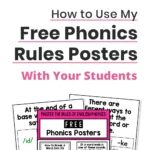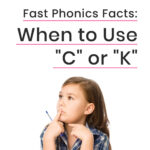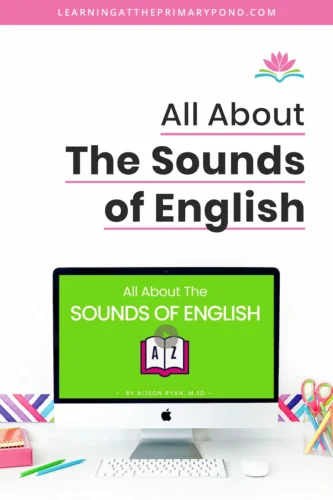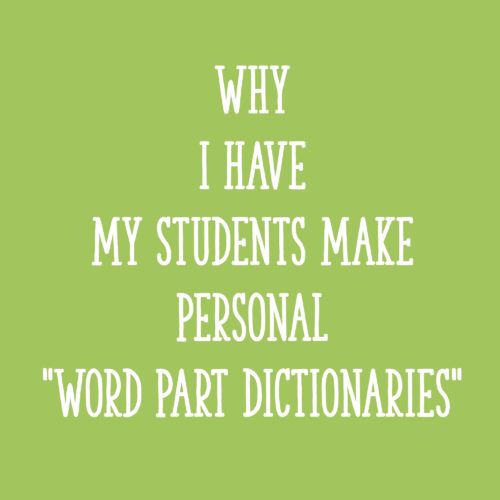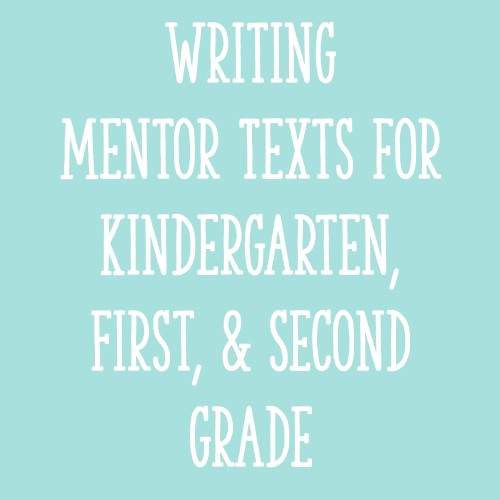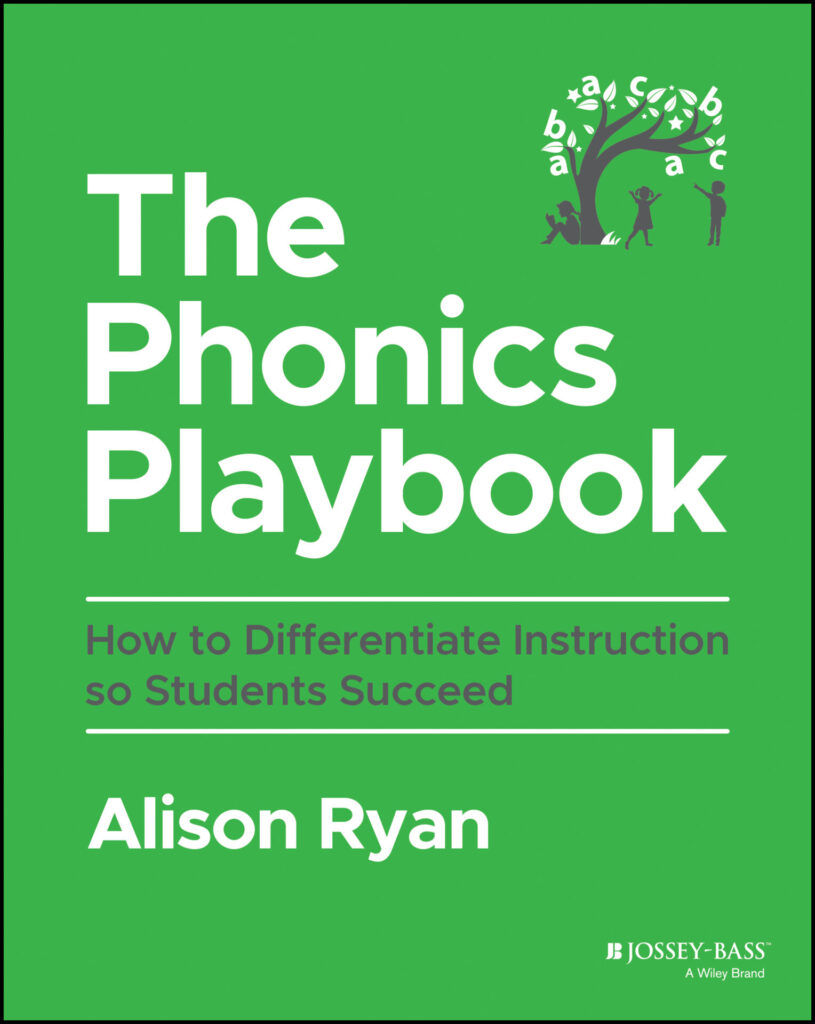Teacher knowledge about spelling rules varies widely! Some of us learned very specific rules when we were students (i.e. “‘i’ before ‘e’ except after ‘c.'”) Others just kind of memorized (or tried to memorize) certain spelling patterns with weekly spelling tests. And some of us never really learned spelling rules at all.
Personally, I had some big gaps in my own knowledge when it came to teaching spelling and understanding how English works in general. I only learned this information after I’d already been teaching for a while!
It can be overwhelming to figure out where to start when teaching students spelling, especially if you don’t have a strong background in this area.
But I can tell you – from my own experience and from the teachers I’ve coached – that knowing this information is GAME-CHANGING!
Because the more you understand about how English works, the better equipped you are to teach students literacy skills – even beyond just spelling.
In this blog post, I’ll go into detail about why spelling is important. I’ll also explain a resource I have (from my Master the Rules of English Phonics course) which is an easy tool that helps students learn spelling rules!
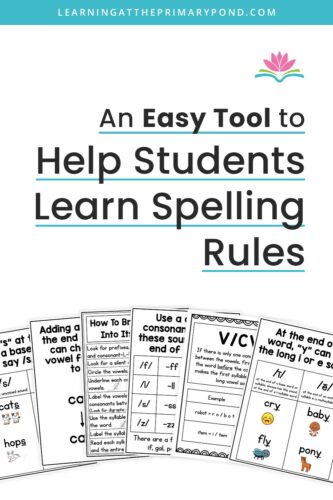
Why Spelling is Important
Spelling is a fundamental skill that supports reading, writing, and overall communication. However, for many students, mastering spelling rules can be a daunting task. The English language is filled with nuances, making it challenging to remember all the rules. (Fortunately, the tool I’ll explain will help with that!)
Before diving into the tool, it’s essential to understand why spelling is crucial. Spelling proficiency contributes to:
- Reading Skills: Correct spelling helps with decoding words, which is a critical component of reading fluency. (And reading fluency lays the foundation for comprehension, the ultimate goal of reading.)
- Writing Skills: Good spelling is essential for clear written communication – even in our world of “spell check” and “autocorrect” tools.
- Confidence: Mastering spelling can boost a student’s confidence in both reading and writing.
- Academic Success: Spelling is often a key component in standardized tests and overall academic performance.
Tool for Spelling Rules
In my Master the Rules of English Phonics course, I outline the exact order to follow when teaching students different spelling rules. That said, even after you’ve explicitly taught a rule, modeled it, and given students a chance to practice….it doesn’t mean that students will retain it.
Additional practice over time is essential, and it’s also extremely helpful to have a visual for each spelling rule. that students can refer back to. And that’s exactly what I’ve given you in my Master the Rules course!
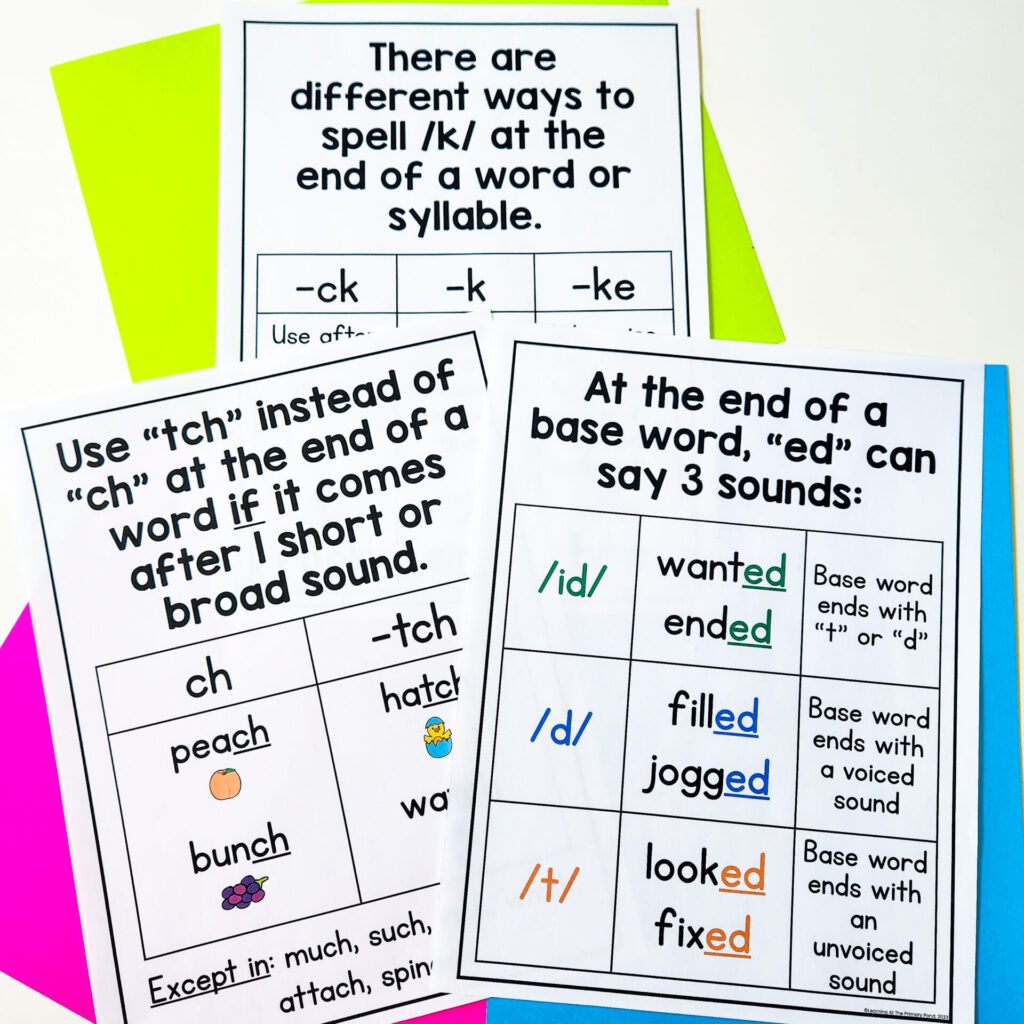
Each poster lays out the rule in a clear, student-friendly way. Here are some examples of spelling rules accompanied by posters:
“The ‘s’ at the end of a base word can say /s/ or /z/.”
At the end of a word with an unvoiced sound (i.e. /k/, /p/, and /t/), the “s” makes an /s/ sound. (Take the word “rips” – when you segment the word into its sounds, it’s /r/ /ĭ/ /p/ /s/).
However, at the end of a word with a voiced sound (i.e. /d/, /g/, and /m/), the “s” will make a /z/ sound. (Think of the word “bags” – when you segment the word into its sounds, it’s /b/ /ă/ /g/ /z/.)

This rule can be applicable even for early readers in Kindergarten or 1st grade who are learning to add -s to the end of CVC words. When they are segmenting words to spell and hear /z/ at the end of a word, they’ll have this visual to remind them that the /z/ sound can sometimes be represented by the letter “s.”
Additionally, this rule can help with reading! When students are blending CVC words that have an “s” added, they’ll be reminded that this “s” can make either the /s/ or /z/ sound.
“Use a double consonant to spell certain sounds at the end of a word.”
When spelling words that end in /f/, /l/, /s/, and /z/, use double consonants. For example, the word “buzz” isn’t spelled like a “typical” CVC word (“buz.”)
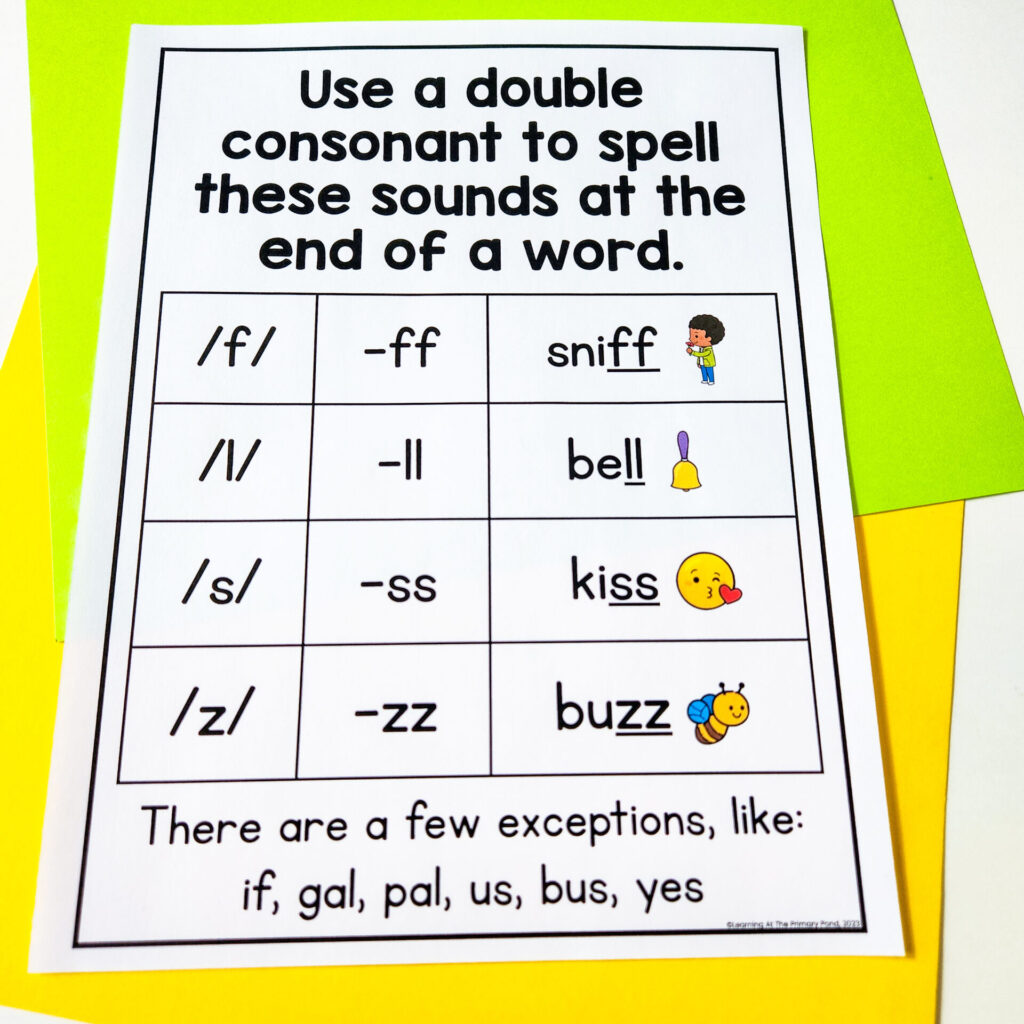
When reading words, this rule teaches students that when blending a word that ends with a double consonant, they only say one sound. In the word “hill,” the student would blend /h/ /ĭ/ /l/ together versus saying the /l/ sound twice.
“The letter ‘y’ can say four different sounds.”
- y can make the /y/ sound as in “yard”
- y can make the long i sound /ī/ as in “shy”
- y can make the long e sound /ē/ as in “happy”
- y can make the short i sound /ĭ/ as in “gym”
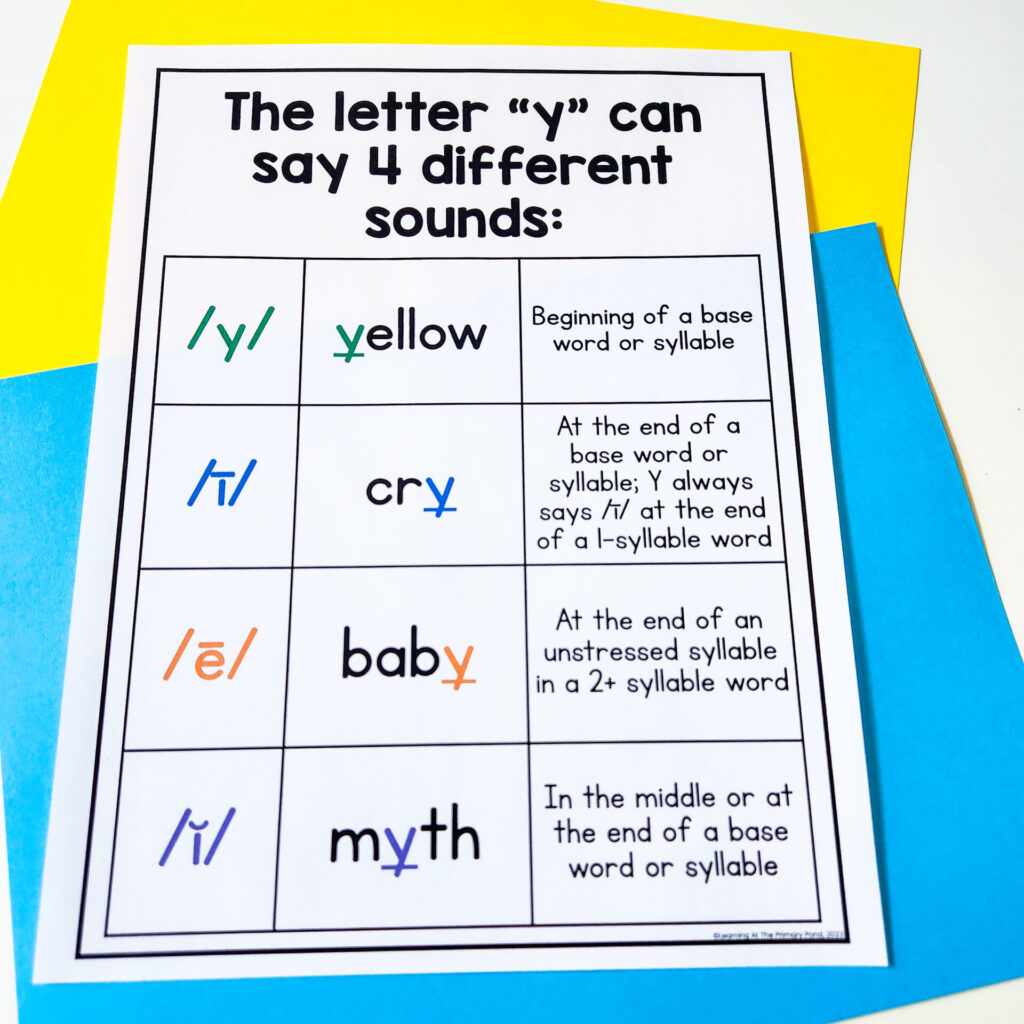
These are just a few of the many (FORTY to be exact!) spelling rules posters included in the course materials you receive when you sign up.
Conclusion
Spelling rules don’t have to be a source of frustration for students (or for you!). By using tools like the posters outlined above, learning to spell can become an enjoyable and effective process. Help your students master spelling rules, thereby improving their reading and writing skills, too!
To learn more about the English language, its rules, and when you should be teaching them to students, check out my Master the Rules of English Phonics course! I cover these topics and so much more.
The course includes:
- 18 videos ranging in topics from “Background Knowledge for Teaching the Alphabet” to “Teaching Syllables and Syllable Division”
- A downloadable PDF for each video
- Embedded quizzes throughout to self-assess your growth
- Spelling Rules Posters
- Syllable Rules Posters
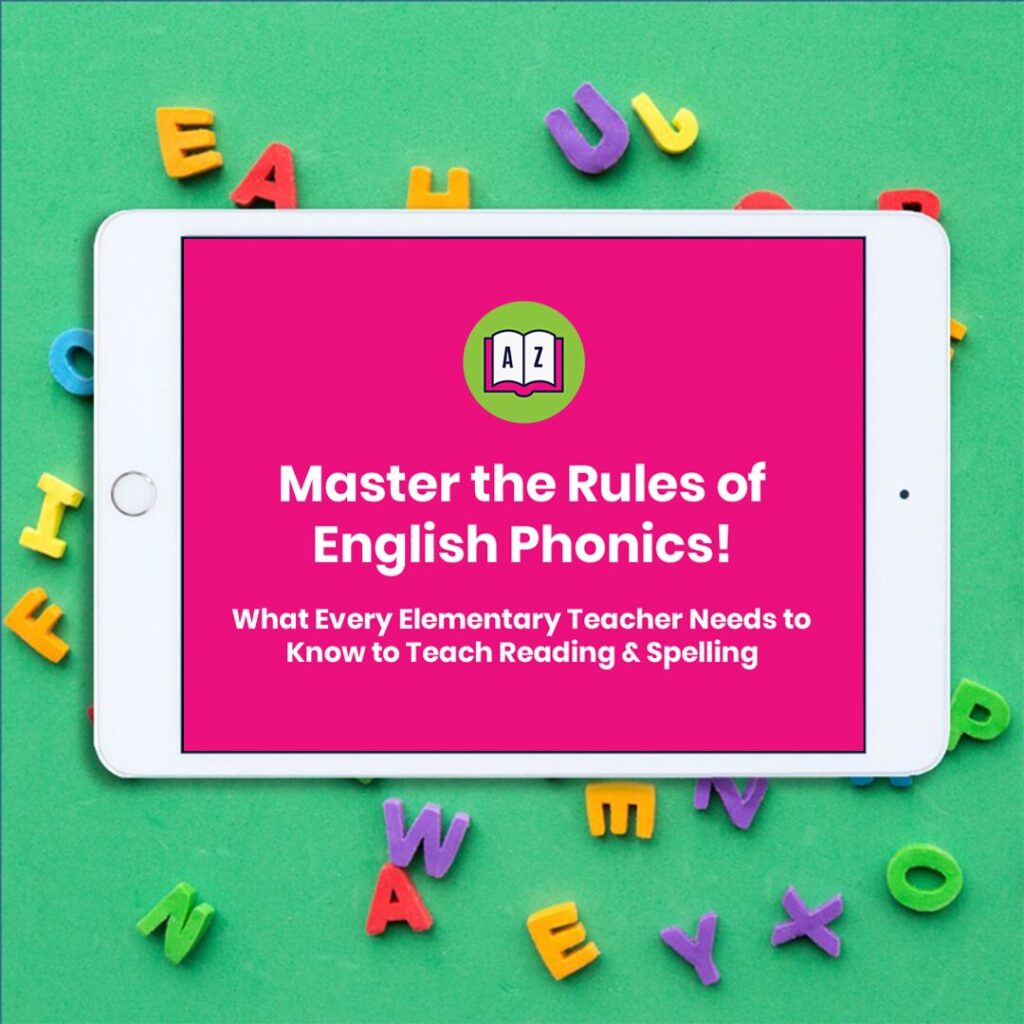
Happy teaching!


